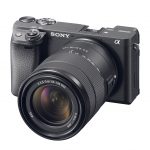
Panasonic Lumix S1 test: Panasonic joins the full-frame mirrorless party
Posted on Sep 11, 2019
Panasonic kicked off its mirrorless full-frame Lumix S series with two models: the S1R and the S1. They are essentially the same camera, but with some fundamental differences, including resolution and price.
The full-frame, mirrorless camera market is on the up, fuelled by Canon, Nikon and Panasonic. With the leader in that market, Sony, very active and Sigma soon to jump on the bandwagon, there is much to be excited about.
Panasonic launched two full-frame cameras earlier in the year, the S1 and S1R, and took a different approach to its products. Where rivals have taken the opportunity to downsize their cameras – although not necessarily their lenses – Panasonic’s full-frame mirrorless cameras are large; as big as non-gripped 35mm DSLRs. This is due to Panasonic’s no-compromise approach: weighty, robust bodies that are freeze, dust and splash proof, with shutter mechanisms designed to last more than twice as long as rivals, with a claimed 400,000 actuations. Add two card slots, video features, a button-rich design and the five-axis in-body image stabiliser that, with firmware v1.2, gives a 6EV benefit and that reaches 6.5EV with Dual IS2, and you have credentials that will surely appeal to photo and video users.
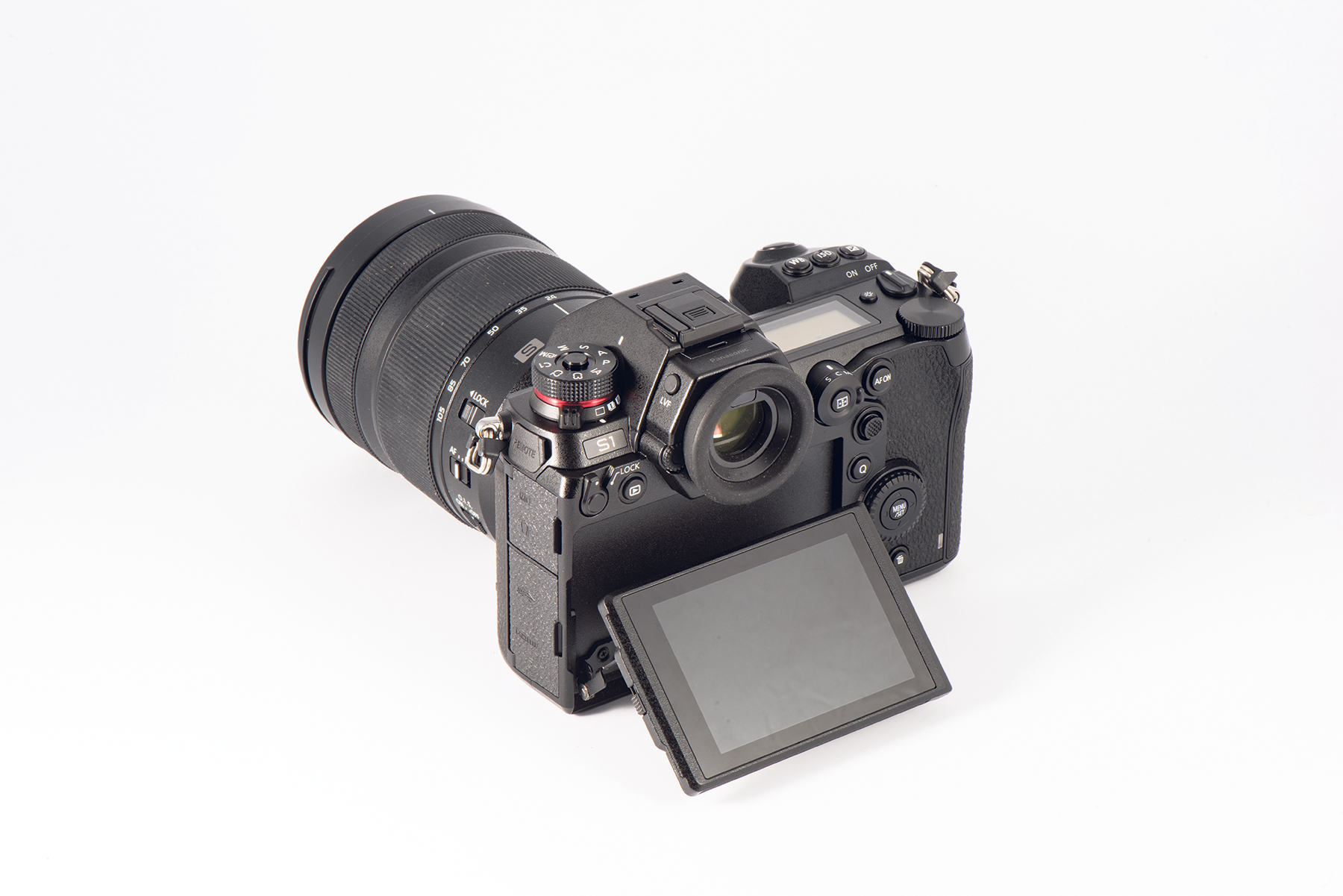
One small fly in the ointment is that the S series uses the Leica-developed L-Mount – Panasonic being in the L-Mount alliance with Leica and Sigma. That lens pool is relatively small at the moment, but that will change quickly.
The Lumix S1 is a 24.2-megapixel camera with a body price of £2199. By comparison, the S1R has 47.3 megapixels and sells at £1200 more. The Lumix S1’s sensor is a full-frame (35.6×23.8mm) CMOS sensor that is free of an optical low-pass filter for maximum detail resolution. It works with the Panasonic Venus image processing engine, giving a native ISO range of 100-51,200, expandable to ISO 50-204,800. The large body means there’s room for both SD (UHS-II supported) and XQD card slots.
Explore the Lumix S1’s body and you’ll find it rich in buttons and controls. The on/off switch is on the right, placed for a forefinger push, and ranged behind the shutter release are dedicated buttons for altering white-balance, ISO and exposure compensation. With different surface finishes, using these controls while the camera was held up to the eye was easy.
Speaking of the viewfinder, the EVF has a resolution of 5.76 million dots, and the image it supplies is excellent: bright, crisp and full of detail. There’s no smearing during panning and it’s among the very best EVFs around.
Round the back of the camera, there are no fewer than nine buttons for adjusting AF zones, bringing up menus, scrolling through the camera’s display options and more. Delve into the extensive, but well-structured main menu and there’s huge potential for user customisation and a host of photo and video features. Although the body is busy, it’s not demanding or confusing to use. Within a short period, I found the Lumix S1 an intuitive camera to use and easy to navigate around. That said, I kept things simple and stuck with the default set-up rather than be too ambitious and make it a memory test.
But enough of the layout, what about performance? I had the Lumix S1 for two weeks, which coincided with a few days off, so I took it as my main camera. That’s obviously a risk, but the Lumix S1 didn’t let me down. With only one battery, I was concerned I’d run out of juice, but on two separate days I shot over 300 shots. That included lots of menu fiddling and image previewing, but the battery indicator showed it was only half used.
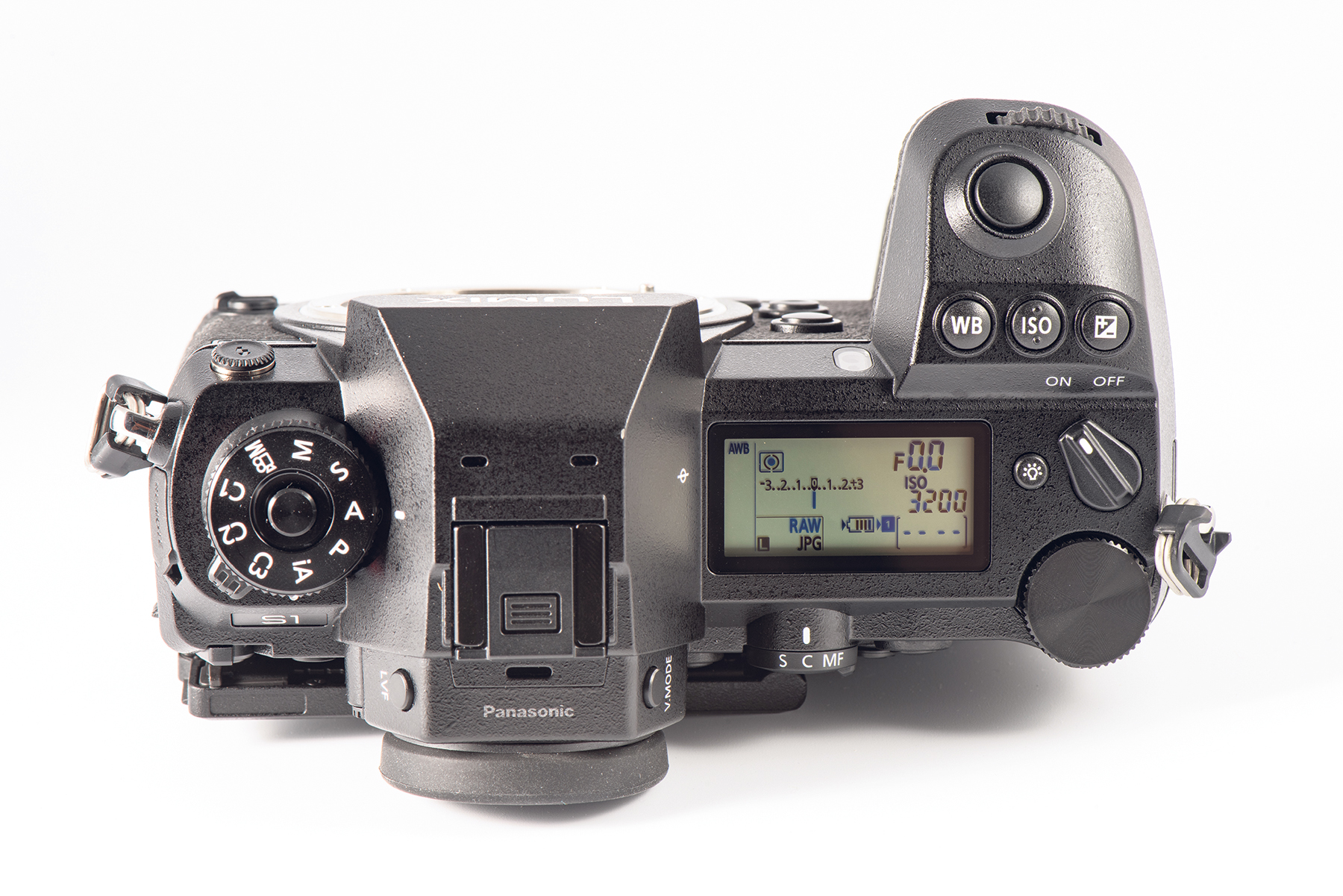
Image The Lumix S1 is festooned with buttons and dials on its sizable, weather-proofed body and handling is very good
Autofocus uses Panasonic’s contrast detect Depth From Defocus system, and it did prove capable and accurate, but it could struggle with low contrast or subjects with limited definition. For example, the AF struggled with clouds, grass and paintwork, but using the focus lever or the touchscreen to pick another focus area with contrast was quick enough. On the whole, though, the system proved reliable for stills and video for normal, everyday subjects.
I stuck with single zone AF for much of the time, but tried the 225 zone, adjustable single zone and zone focus options, too. One interesting option is the Zone (Vert/Horz) option, where you can select focus sensors in rows, up or down the image with one, three, five or seven rows active across the frame, and these can be moved around the 225 zone area. The face detect mode is face/eye/body detection, too, with an option for animal detection. Strangely, I tried the animal detect option on a couple of horses in a paddock, but it didn’t pick up on the animals even though they were quite a reasonable size in the viewfinder.
I can’t leave the AF system without mention of the S1’s extra focus features. There’s focus bracketing for out-of-camera focus merging, and also post focus, which gives the options of 4K or 6K, giving resolutions of eight and 18 megapixels respectively.
In post focus mode, the camera adjusts focus on different parts of scene and records in 4K video as it does so. Later, you can view the footage and select the image you want and save it as a separate JPEG file.
One feature that didn’t work for me was touch AF. Many times I picked up the camera to find I must have touched the screen and the AF point was in a random corner. Pushing the focus lever down centres the AF point, but I found it best to switch off touch AF, but leave touchpad AF active. It meant I could use this or the focus lever when my eye was up to the eyepiece and the focus lever when the camera was on the tripod.
Of all the images I shot, just a handful were beyond salvage in editing. Some against-the-sun shots were dark in the shadows, but correction with the shadows slider in Lightroom sorted that with minimal noise. I used aperture-priority AE and manual exposure modes with multi-zone metering and the Lumix S1 just got on with the job and performed consistently and reliably.
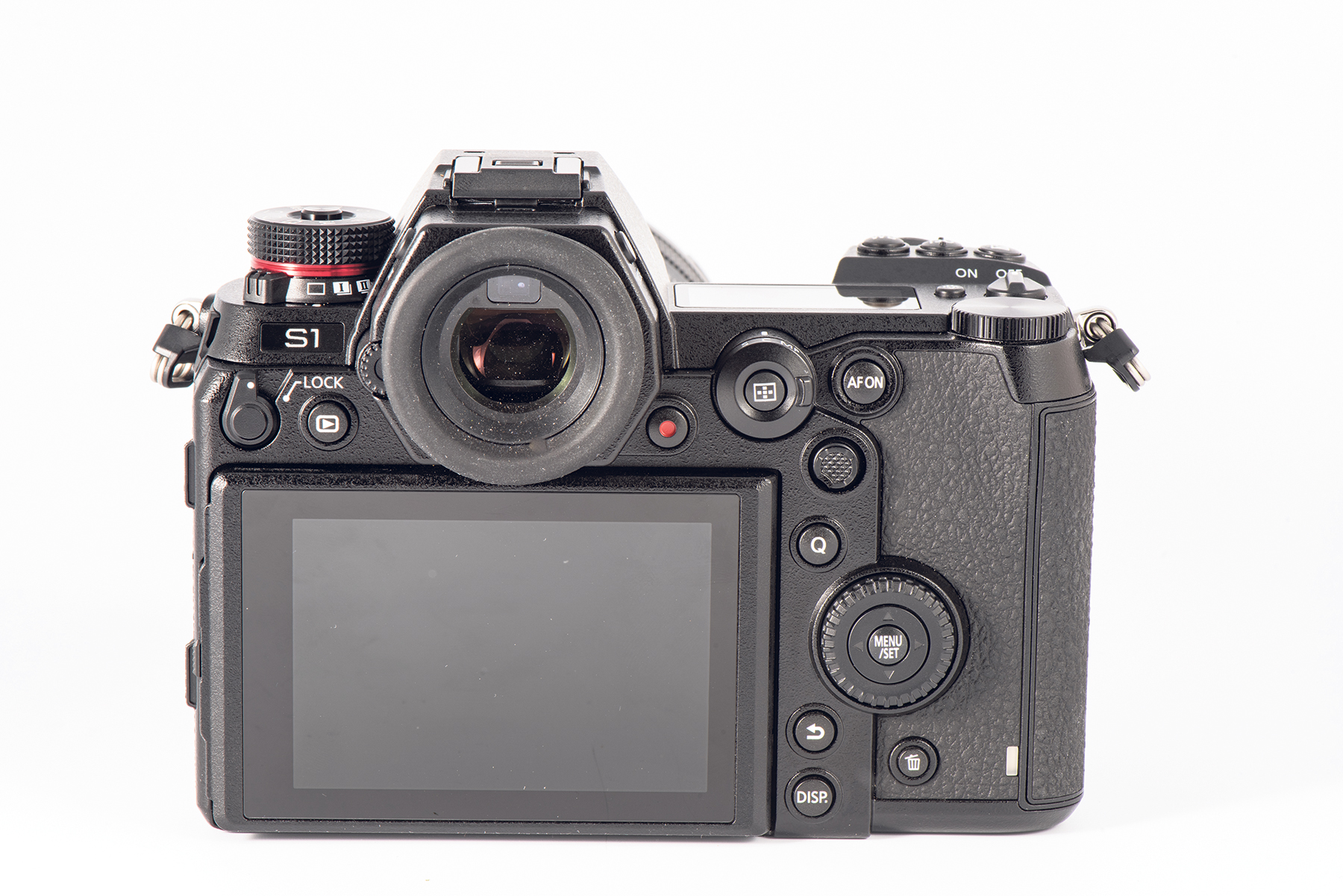
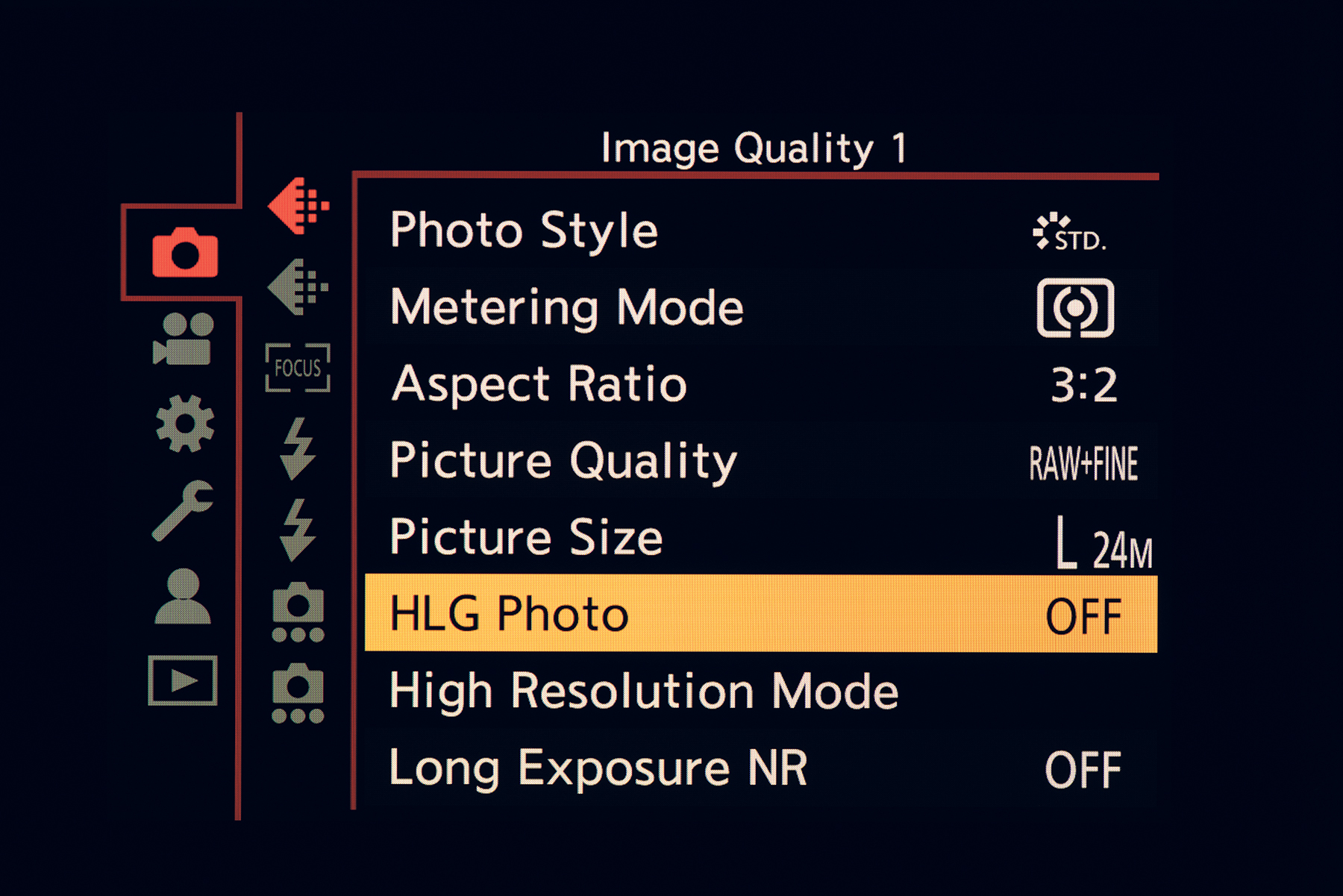
Images The Lumix S1’s three-inch monitor gives a good image and its touch functionality is impressive. The menu is extensive, but easy enough to navigate
I tried the IBIS system for stills and video. A 6EV benefit is a bold claim and, of course, there are a great many variables. With the 24-105mm, I took sequences of outdoor shots on a calm evening at both ends of the zoom range with the mechanical shutter, using speeds from 1/30sec down to 1sec, allowing time for my arms to rest in between. In my practical test, I found at 105mm the safest slow shutter speed was 1/8sec and, while I got sharp shots even at 1/2sec, they were the exception rather than the norm. My success rate at the 24mm end was significantly greater at slow shutter speeds, and I got consistently pin-sharp shots at 1/2sec.
I was especially impressed with the Lumix S1’s high ISO performance and it was excellent at medium speeds, too. Out-of-camera JPEGs looked lively and natural in colour, and the Raws had plenty of editing potential and processed files printed up very nicely.
Performance: ISO
I shot various scenes, from low light to night, using the full ISO range with in-camera noise reduction turned off. The resulting Raws were processed in Adobe Lightroom with no noise reduction.
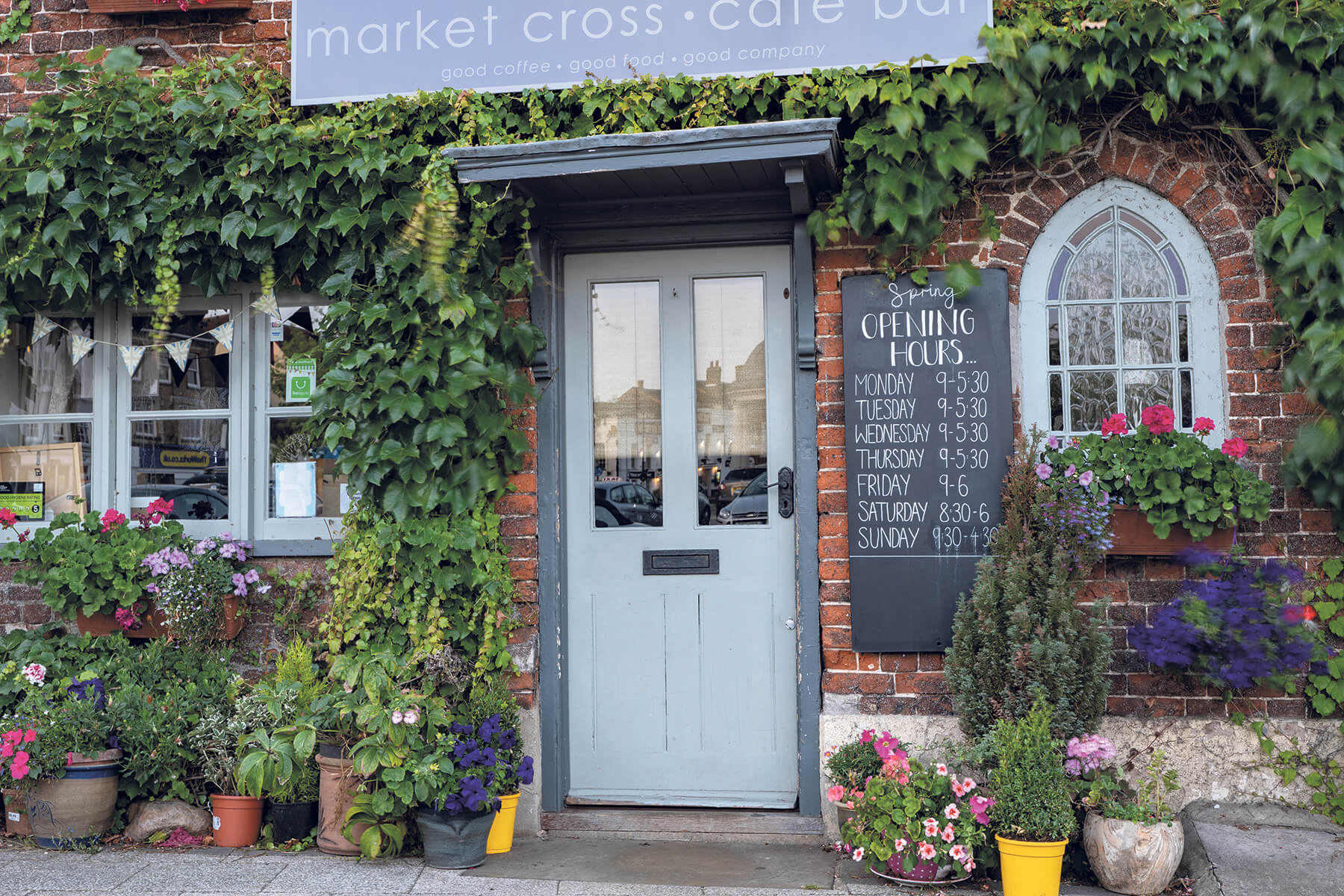
In this example shot at twilight, the exposure for the ISO 100 shot was 2secs at f/11. The Lumix S1 with the 24-105mm f/4 zoom was fixed to a Gitzo Systematic carbon-fibre tripod and the shutter released using the camera’s self-timer.
I’m very impressed by the Lumix S1’s low levels of digital noise, even at very high ISOs. Comparing the ISO 100, 400 and 800 shots at 100% on screen revealed barely any image quality differences, with identical colour saturation, detail resolution and tonality. There was a little more digital noise at the ISO 800 shot compared with the lower ISO shots, but it was minimal and easily processed out. You might as well shoot at ISO 800 and benefit from higher shutter speeds to stop camera shake or subject movement.
There is digital noise at ISO 1600, but it is soft, neutral and only really evident with direct comparison with the slower ISO shots. Looked at in isolation, I think the vast majority of photographers would be very happy with the image quality of the ISO 1600 shots. The same applies at the ISO 3200 setting. By the time you get to ISO 6400, the graining effect of digital noise is more evident in areas of smooth mid-tones, but fine detail continues to look great and crisp, and colour saturation remains lively.
As you would expect, digital noise continues to impact on image quality from ISO 12,800 and up, but even at that speed I think overall image quality is remarkable. It is only from 25,600 upwards that detail suffers and the grain effect has a serious impact. The noise at these stratospheric ISO speeds is film-like and still neutral and it is only when you venture beyond the top native ISO speed of 51,200 that noise looks heavy, as you would expect.
Click the images to see a larger view
In summary, the Lumix S1 delivers an awesome ISO performance with critical quality at high speeds. If you shoot in low light and need high ISOs for action-stopping shutter speeds and low noise pictures, the Lumix S1’s credentials are impeccable.
Performance: exposure latitude

Test shots were taken in various lighting conditions. This is a contrasty scene of Ely Cathedral shot on a bright evening. An exposure bracket was shot using the Lumix S1’s bracketing feature, with seven shots from -3EV to +3EV in 1EV steps. The correct exposure was 1/160sec at f/7.1, ISO 100. The Raws were exposure corrected afterwards using Lightroom.
Click the images to see a larger view
The underexposed shots were very successfully recovered with little noise gain and the -3EV and -2EV shots looked just as good as the correctly exposed image.
Recovering overexposed shots was much less successful and while the +1EV shot looked fine, anything more and the final result didn’t look too good – this was especially true in the highlights. In the +3EV shot, the highlights had a grey veiling on highlight areas. This scene was very high contrast, which didn’t help and it is true that lower contrast scenes were more successful with highlights.
To sum up, the Lumix S1’s Raws have reasonable, but not outstanding exposure latitude. The Raws were much more tolerant to underexposure, so even the -3EV shot looked perfectly acceptable, but with overexposure and scenes of bright highlights, even +2EV shots didn’t recover too well.
Performance: focus bracketing
The Lumix S1 is among the growing band of cameras offering focus bracketing to produce images that can be merged in software afterwards – there is no focus merging feature on the camera itself.
There are the usual options – such as number of frames and the distance gap between each shot – but you also have the option of how you want the focus bracket to work.
You can choose to start at the closest focused distance and the bracket progresses towards infinity which, to me, is the most user-friendly, or you can have the bracket alternate either side and progressively extend away from the focused point.

This sample here was a 19-shot focus bracket shot with the 24-105mm zoom set to 105mm and f/4 and focused on the cross, which was about m from the camera position, with the buildings behind about 40m distant. The camera was tripod mounted. In the end, 13 images were merged in Affinity Photo.
The final result looks okay until you look at it closely and there’s a definite smudgy halo around the cross. That’s not a reflection on the camera’s focus bracketing skills, but rather on the situation of using a wide aperture on a telephoto and the distance between the two subjects, and there’s no reason why a perfect result shouldn’t be possible.
Performance: high resolution mode
The Lumix S1’s in-body image stabiliser with its 6EV benefit helps give shake-free stills and movies when light levels fall. It also gives 96-megapixel files compared with the camera’s native 24 megapixels. High-res files are 188MB and 12,000×8000 pixels, so four times the size of 44MB files, and images are 6000×4000 pixels with normal mode.
In high res mode, the camera shoots eight images one after the other, with the sensor moving between each shot. Other options in the menu let you save a normal shot alongside a merged high-res Raw and there is the choice of mode 1 or mode 2 – the latter designed to help deal with scenes with movement.
When the exposure sequence is complete, the camera takes around ten seconds to merge the files into a single Raw.
During this test, I shot many high res mode shots, mostly on tripods, but also quite a few handheld with mode 2. Successful handheld high res shooting is possible, but not consistently.
Click the images to see a larger view
Images The high res mode does a fine job with suitable subjects so if you need a big file for very large prints it is worth using
Images With a tripod mounted Lumix S1, the exposure was 1/1000sec at f/8 at ISO 3200. The low noise of the ISO 3200 shot in high res mode is impressive
The shots shown here were taken using the 24-105mm zoom with the Lumix S1 tripod-mounted. The normal-sized Raws were shot simultaneously with the high-res Raws. Processing was done in Lightroom with identical settings and shown here with the normal Raws at half the magnification of the high-res Raws, so subject size was the same. With both file types at 100% normal res files open up to 50.8×33.67cm, while high res mode gives files of 101.6x 67.7cm at 300ppi.
When it comes right, the high res mode gives impressive results for when you want the best quality and a large file from a suitable subject. The benefit is even more evident as you increase ISO. The highest speed permitted is IS0 3200 and this speed was used for the comparison shots.
The high res mode is a welcome feature and works well, notably for interior and studio shooting.
Verdict
The Panasonic Lumix S1 is a really capable and mostly enjoyable camera to use. The images, still and moving, it delivers are first rate. Much has been made of the size of Lumix S series cameras – and it is true you are unlikely to tote the S1 around on the off-chance of a picture. That is a point of view and – as someone who regularly has a full-frame DSLR in their bag just in case – in the two weeks I had the camera, I didn’t find the burden of a Lumix S1 with the 24-105mm lens that much different from what I am used to. And with Panasonic’s no-compromise approach, you know you have kit that will continue to perform under the most demanding conditions.
Pros: ISO performance, overall image quality, quiet in use, in-body image stabilisation, USB-C charging, build quality, SD and XQD slots, high resolution
Cons: Size, AF point too easily moved when touch screen AF set
| Features | 23/25 | Richly featured to attract still and video shooters |
| Performance | 23/25 | Very impressive image quality even at high ISO speeds |
| Handling | 23/25 | The Lumix S1 is a big camera but handling still rates highly |
| Value for money | 23/25 | Competitive for its feature set and performance levels |
| Overall | 92/100 | The Lumix S1 is a very capable camera and built to last, too |
For more information, please visit the Panasonic website
As featured in issue 70 of Photography News.























